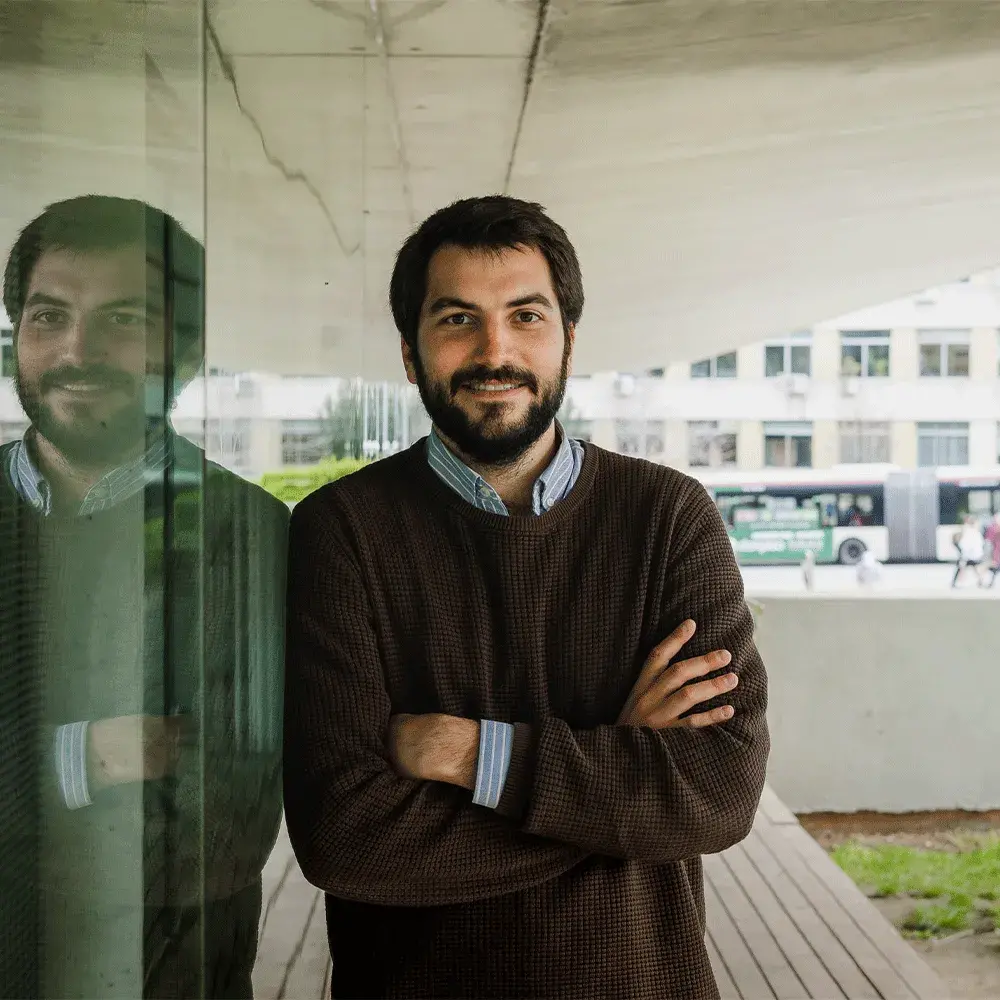
One of the founding goals of CENIT was to provide scientific support to the public sector on topics related to transport and mobility. For this reason, our center has created the Public Research Partnership, which aims to develop joint doctorates on strategic themes between CENIT and public entities. To facilitate an effective transfer of knowledge between the two entities, PhD students spend some days working together with the staff of the public entity and other days in the offices of CENIT.
Meet our researchers:

Javier Garrido
MSc. in Civil Engineering Researcher. Transport economics | PhD Candidate. Port of Barcelona fellow
Javier has developed his PhD with the Department of Strategy and Innovation of the Port of Barcelona. His thesis is focused on ports of the future. After developing the IVth strategic masterplan of the Port of Barcleona he is currently conducting research in the field of decarbonization and energy transition for ports, cities and transport.

Clara Soler
MSc. in Civil Engineering Researcher. Demand modeling | PhD Candidate. Generalitat de Catalunya fellow
Clara is currently developing her PhD with the Departament de la Vicepresidència i de Polítiques Digitals i Territori. Her research includes topics related to transportation demand.

Andrés Reyes
MSc. in Civil Engineering Researcher. Transport economics
Among his areas of expertise is transport economics, where he currently collaborates with the Department of the Vice-Presidency and of Digital Policies and Territory of the Generalitat of Catalonia in infrastructure assessment through the SAIT methodology (Cost-Benefit Analysis)

Maurici Hervas
MSc. in Industrial Engineering Researcher. Energy Transition | PhD Candidate. Port of Barcelona fellow
Maurici Hervas is an Industrial Engineer from the Polytechnic University of Catalonia (UPC), specialized in Nuclear Energy. He completed his dissertation on the subject “Feasibility study of an improvement of the environmental radiation detection system applying an anticoincidence configuration” for the government agency Radiological Activities Coordination Service (SCAR).
